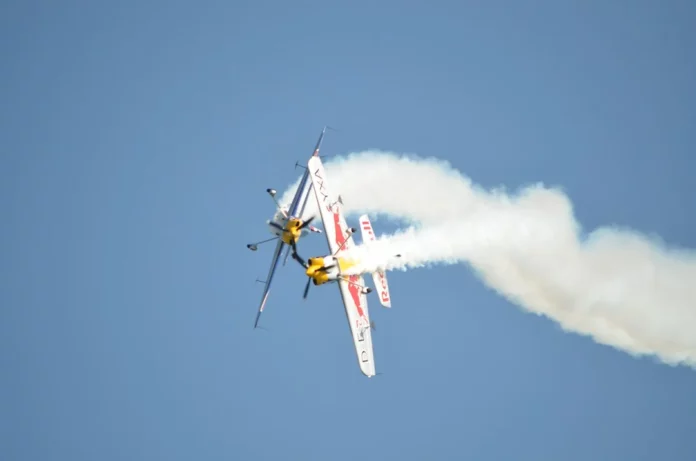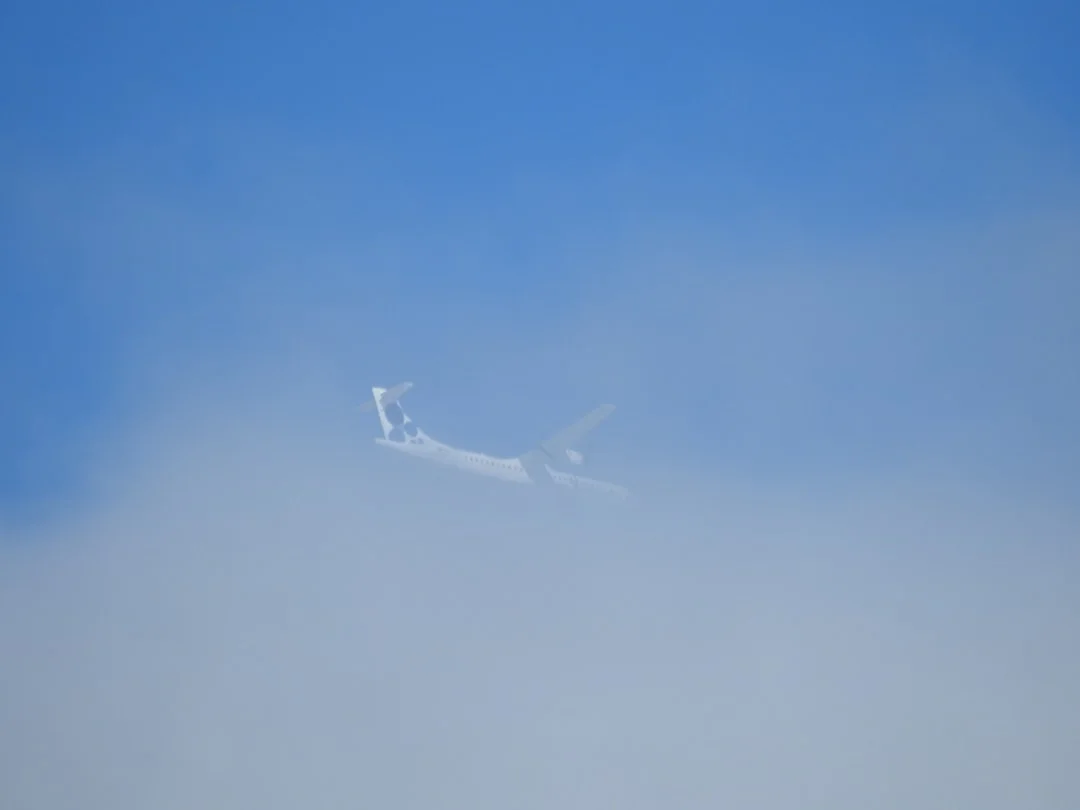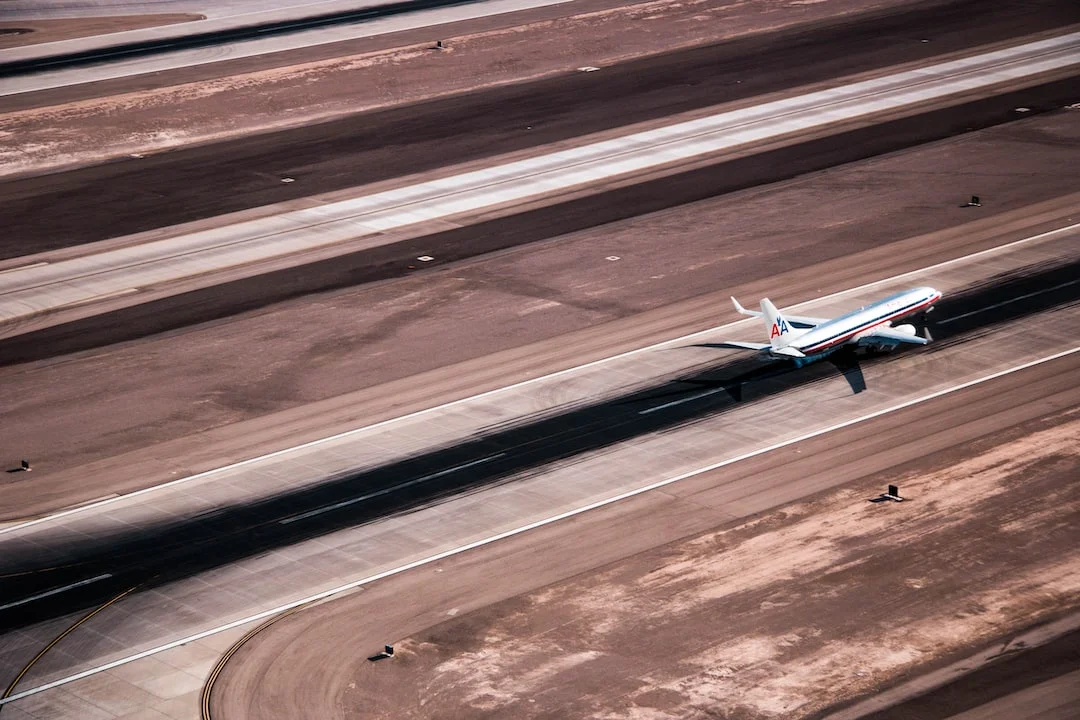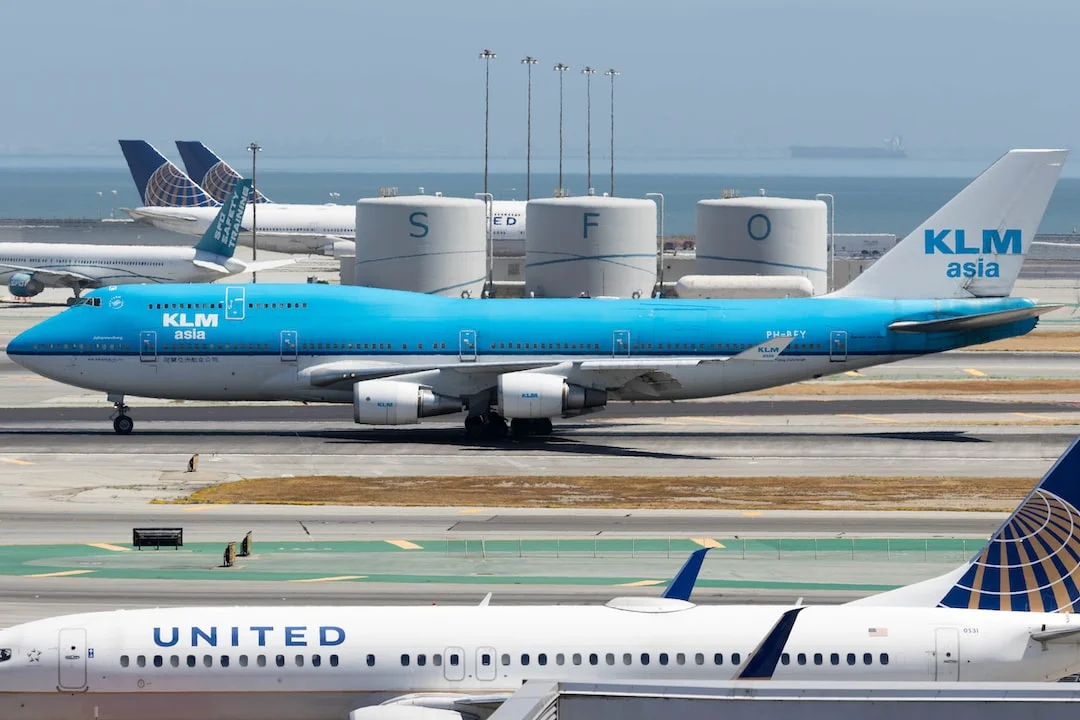The Flight Path Angle (FPA) is a critical parameter in aviation that describes the vertical rate of climb or descent of an aircraft. It is the angle between the flight path of the aircraft and the horizontal plane. The Airbus A320, a popular narrow-body aircraft used by airlines worldwide, utilizes the Flight Path Angle for precise control and navigation during flight.
In simple terms, the Flight Path Angle determines whether the aircraft is climbing, descending, or maintaining level flight. It is a crucial factor for maintaining the desired altitude and managing the aircraft’s energy state. Pilots continuously monitor and adjust the Flight Path Angle to ensure a smooth and efficient journey for passengers.
Contents
Understanding the Flight Path Angle on Airbus A320
The Flight Path Angle on the Airbus A320 is influenced by various factors, including the aircraft’s pitch attitude, engine thrust, and airspeed. Let’s explore these factors in more detail:
1. Pitch Attitude
The pitch attitude of the aircraft refers to the angle between its longitudinal axis (imaginary line from the nose to the tail) and the horizon. It directly affects the Flight Path Angle and, consequently, the aircraft’s climb or descent rate. A positive pitch attitude results in an upward Flight Path Angle, causing the aircraft to climb, while a negative pitch attitude leads to a downward Flight Path Angle and descent.
The Airbus A320 is equipped with a sophisticated flight control system that automatically adjusts the pitch attitude to maintain the desired Flight Path Angle. This system assists pilots in achieving the necessary climb or descent rate without excessive manual control inputs.
2. Engine Thrust
Engine thrust plays a vital role in controlling the Flight Path Angle of the Airbus A320. The thrust generated by the aircraft’s engines propels it forward and helps maintain or change the Flight Path Angle. By adjusting the engine thrust, pilots can control the climb or descent rate of the aircraft.
During climb, the engines provide additional thrust to overcome gravity and sustain the desired vertical ascent. Conversely, during descent, pilots reduce the engine thrust to descend smoothly and maintain a controlled Flight Path Angle. The precise management of engine thrust is essential for a safe and efficient flight.
3. Airspeed
Airspeed, or the speed at which an aircraft moves through the air, also affects the Flight Path Angle. As the Airbus A320 accelerates or decelerates, the Flight Path Angle can change accordingly. Higher airspeeds generally result in a more shallow Flight Path Angle, while lower airspeeds lead to a steeper Flight Path Angle.
Pilots meticulously monitor and control the airspeed to ensure that it remains within the predetermined range for the desired Flight Path Angle. This helps maintain stability and efficiency throughout the flight.
Importance of Flight Path Angle Management
Proper management of the Flight Path Angle is crucial for safe and efficient flight operations on the Airbus A320. Here are a few reasons why:
1. Altitude Control
The Flight Path Angle directly affects the aircraft’s altitude. By controlling the Flight Path Angle, pilots can maintain the desired altitude and avoid any deviations from the assigned flight level. This is imperative for airspace management and to ensure separation with other aircraft.
Additionally, proper altitude control is essential for efficient routing and fuel consumption. Maintaining the correct Flight Path Angle allows the aircraft to optimize its trajectory and minimize the amount of fuel required for the journey.
2. Energy Management
The Flight Path Angle also plays a significant role in managing the aircraft’s energy state. When climbing, the Flight Path Angle determines the rate at which the aircraft gains potential energy. During descent, the Flight Path Angle affects the rate at which potential energy is converted into kinetic energy.
Efficient energy management is critical for optimizing fuel efficiency, reducing environmental impact, and achieving a smooth and comfortable flight for passengers. The Flight Path Angle allows pilots to control these energy transfers and maintain an optimal balance throughout the journey.
3. Approach and Landing
The Flight Path Angle is particularly important during the approach and landing phases of flight. Pilots carefully manage the Flight Path Angle to ensure a safe descent and landing at the intended destination.
During the approach, pilots typically aim for a specific Flight Path Angle that allows for a stabilized descent towards the runway threshold. This controlled descent ensures a smooth touchdown and maximizes the safety and comfort of passengers.
By maintaining the desired Flight Path Angle, pilots can also account for obstacles or terrain clearance requirements during the approach. This ensures that the aircraft maintains a safe vertical profile throughout the final stages of the flight.
Conclusion
The Flight Path Angle is a critical parameter on the Airbus A320 that enables precise altitude control, energy management, and safe approach and landing procedures. Pilots rely on this key variable to ensure a smooth and efficient journey for passengers while adhering to stringent aviation standards.
Understanding and managing the Flight Path Angle is essential for all aspiring aviators, as it provides valuable insights into the dynamics of aircraft performance and control. Aspiring pilots should familiarize themselves with this parameter and its influence on flight operations.
For More: What is SLT on Airbus A320? (Slat)




